വൈദ്യുത ട്രക്ക് വാർത്ത
Why Are New Energy Electric Vehicles Heavy?
New energy വൈദ്യുത വാഹനംപങ്കു (ഇ.വി) are increasingly recognized for their environmentally friendly attributes, contributing to reduced carbon emissions and promoting sustainable transportation. എങ്കിലും, a common observation among consumers and industry experts is that these vehicles often weigh more than their traditional fuel-powered counterparts. This weight disparity raises questions about the design and performance of വൈദ്യുത വാഹനംപങ്കു. To better understand this phenomenon, it’s essential to explore the reasons behind the increased weight of new energy വൈദ്യുത വാഹനംs and its implications.
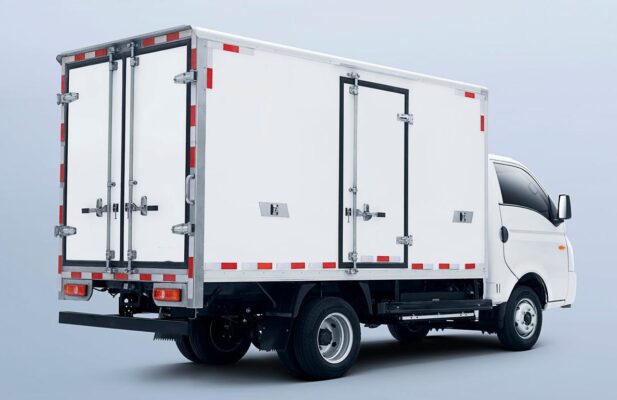
1. The Role of Batteries in Vehicle Weight
One of the primary reasons new energy വൈദ്യുത വാഹനംs are heavier is their reliance on large batteries. Batteries serve as the core energy storage component in EVs, providing the electrical energy necessary to power the electric motor. Compared to conventional fuel vehicles, which use relatively lightweight fuel tanks, വൈദ്യുത വാഹനംs require substantial battery capacity to achieve adequate driving ranges.
Battery Density and Size
Electric vehicle batteries, primarily lithium-ion batteries, possess a high energy density, but they still need to be physically large to store sufficient energy for long-distance travel. The size and weight of the battery pack can significantly contribute to the overall mass of the vehicle. ഉദാഹരണത്തിന്, a typical വൈദ്യുത വാഹനം battery pack can weigh several hundred kilograms, depending on its capacity, which can range from 40 kWh to over 100 കെ.എം.. This weight is compounded by the need for robust housing to protect the battery cells, which adds additional mass.
Energy Storage Requirements
The driving range of വൈദ്യുത വാഹനംs is heavily influenced by the amount of energy they can store. To meet consumer expectations for range, manufacturers often opt for larger battery packs, further increasing the vehicle’s weight. വിപരീതമായി, traditional vehicles can achieve similar ranges with much lighter fuel tanks, illustrating the inherent weight challenge faced by വൈദ്യുത വാഹനംപങ്കു.
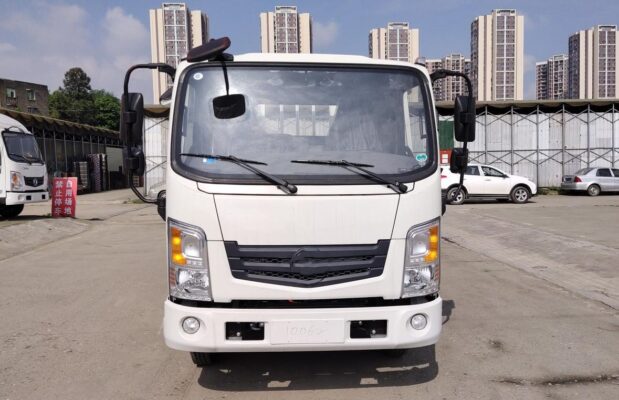
2. Additional Components Contributing to Weight
In addition to the batteries, several other components within new energy വൈദ്യുത വാഹനംs contribute to their increased weight. The design and functionality of these components necessitate specific engineering considerations.
Electric Motors
Electric motors are typically larger and heavier than the internal combustion engines found in traditional vehicles. While they are more efficient and provide instantaneous torque, their size and design require additional structural support within the vehicle, contributing to overall mass.
Control Systems and Electronics
Electric vehicles incorporate sophisticated control systems and electronics to manage various functions, including energy distribution, regenerative braking, and vehicle stability. These systems require sensors, wiring, and control modules, all of which add weight. The complexity of integrating these technologies to optimize vehicle performance and safety further increases the vehicle’s mass.
Charging Infrastructure
The presence of charging systems, such as onboard chargers and charging interfaces, also contributes to weight. These components must be robust and well-designed to handle varying charging voltages and currents, leading to additional mass. മാത്രമല്ല, EVs often include advanced features, such as vehicle-to-grid technology, which requires extra hardware.
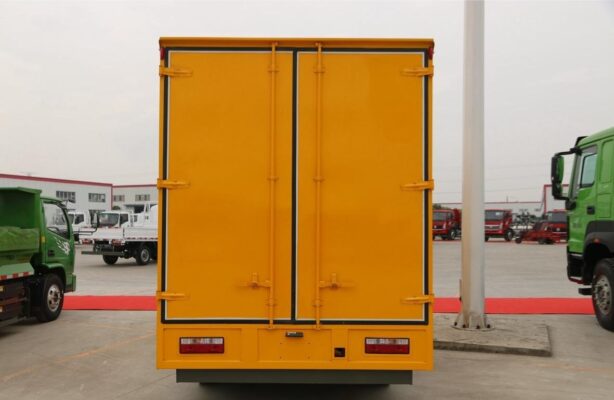
3. The Impact of Increased Weight on Performance
The increased weight of new energy വൈദ്യുത വാഹനംs has several implications for their performance, കാര്യക്ഷമത, and driving dynamics.
Energy Consumption
Heavier vehicles tend to consume more energy from the battery. The additional mass requires the electric motor to work harder to achieve the desired acceleration and maintain speed. This leads to increased energy consumption, which can reduce the vehicle’s driving range. For consumers, this means that while വൈദ്യുത വാഹനംs offer zero tailpipe emissions, their overall efficiency may be compromised due to their weight.
Acceleration and Handling
The additional weight can also affect the vehicle’s acceleration. Although electric motors deliver torque instantaneously, the need for greater power output to move a heavier vehicle can lead to slower acceleration times compared to lighter vehicles. കൊർഗോർഫ്, the handling characteristics of the vehicle may be impacted, as heavier vehicles can exhibit different dynamics, potentially affecting stability and cornering performance.
Braking Performance
Increased weight also has implications for braking systems. Heavier vehicles require more robust braking components to ensure effective stopping power, which can lead to added weight in brake systems and associated parts.

4. Addressing the Weight Challenge
To tackle the weight issue associated with new energy വൈദ്യുത വാഹനംപങ്കു, manufacturers and researchers are exploring various strategies to improve the overall efficiency and performance of these vehicles.
Enhancing Battery Technology
One of the most promising avenues for reducing vehicle weight is through advancements in battery technology. Researchers are focused on increasing the energy density of batteries, which would allow for the same amount of energy to be stored in a smaller and lighter package. Innovations such as solid-state batteries and alternative chemistries may lead to significant improvements in battery weight and performance in the near future.
Utilizing Lightweight Materials
Another effective strategy is the use of lightweight materials in vehicle construction. The automotive industry is increasingly adopting materials such as aluminum alloys, carbon fiber composites, and high-strength plastics to reduce the weight of the vehicle’s body and components. By substituting heavier materials with lighter alternatives, manufacturers can enhance the efficiency and performance of new energy വൈദ്യുത വാഹനംs while maintaining safety and structural integrity.
Design Optimization
Improved design practices, such as integrating multiple functions into single components or employing advanced manufacturing techniques, can also contribute to weight reduction. Utilizing simulation tools and computer-aided design (CAD) can help engineers optimize the layout and structure of വൈദ്യുത വാഹനംs to minimize weight while ensuring performance and safety.
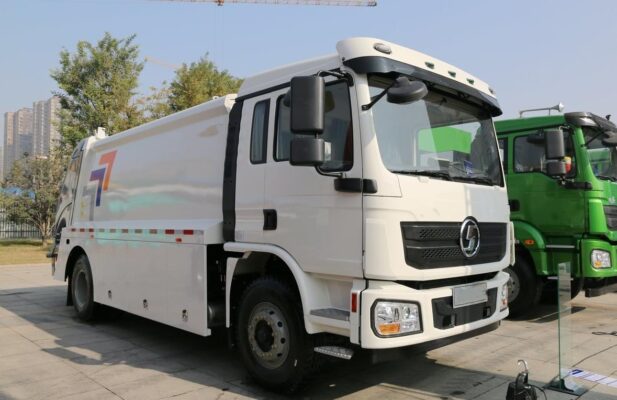
5. Future Outlook
As the market for new energy വൈദ്യുത വാഹനംs continues to grow, addressing the weight issue will be crucial for manufacturers aiming to enhance vehicle performance and consumer appeal. Ongoing advancements in battery technology, lightweight materials, and design strategies are expected to play a significant role in shaping the future of electric mobility.
With an emphasis on sustainability and efficiency, ദി വൈദ്യുത വാഹനം industry is poised for continued innovation. Manufacturers that successfully tackle the weight challenge while improving performance will not only enhance the appeal of their vehicles but also contribute to a more sustainable transportation ecosystem.
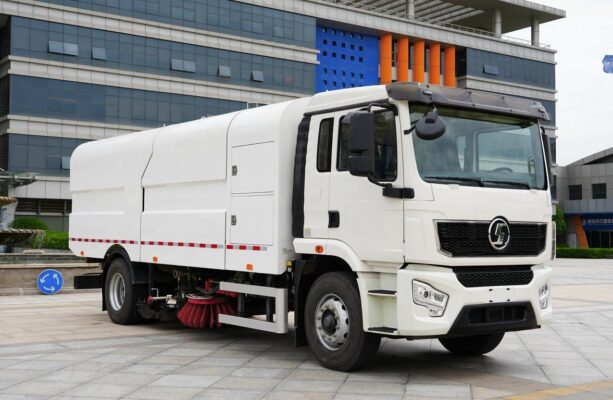
ഉപസംഹാരം
ചുരുക്കത്തിൽ, new energy വൈദ്യുത വാഹനംs are heavier than traditional fuel vehicles primarily due to the size and weight of their batteries, as well as the need to accommodate various components and systems. This added weight has implications for performance, കാര്യക്ഷമത, and driving dynamics. എങ്കിലും, advancements in battery technology, lightweight materials, and design optimization present promising solutions to address these challenges. As the industry evolves, ongoing innovation will likely lead to lighter, more efficient വൈദ്യുത വാഹനംs that offer an even more compelling alternative to traditional transportation options.
